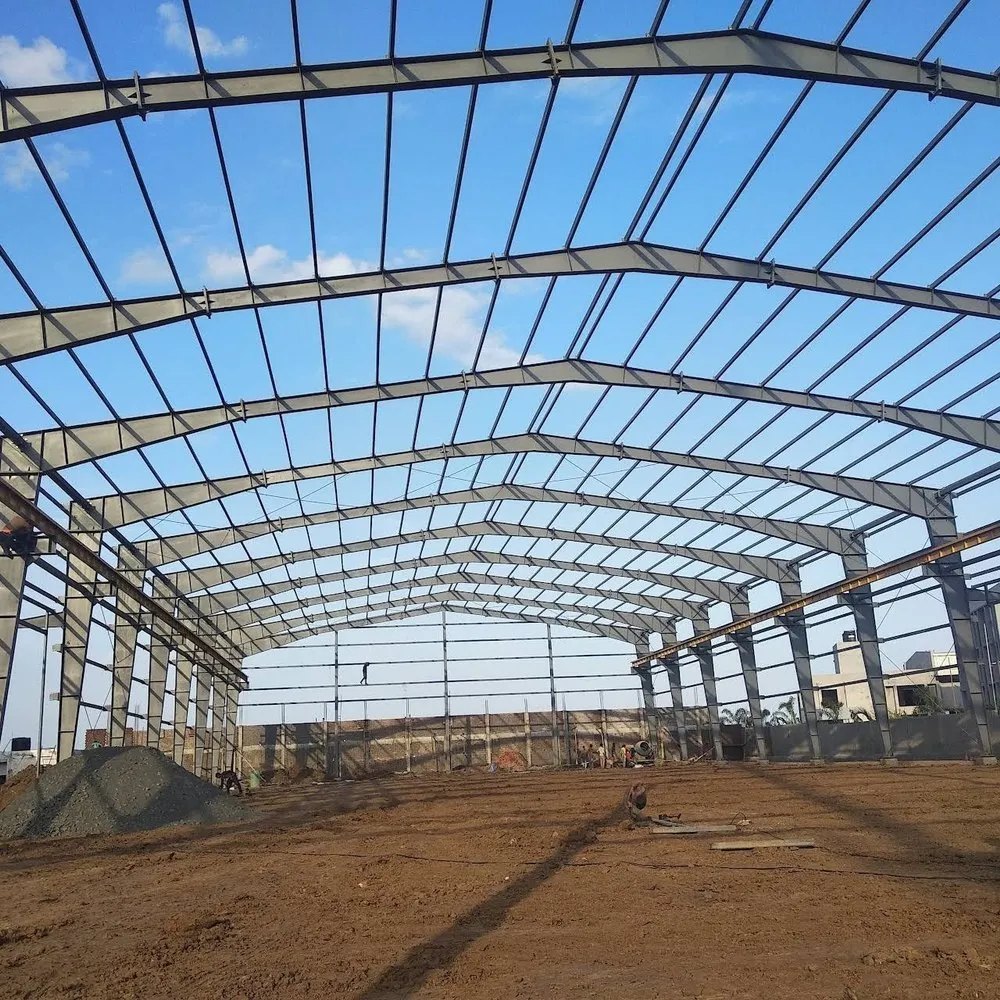
New Book Details Citicorp Tower Design Error And The Race to Fix It

William M. Greenburg
A new book contains never-before-released details of the flawed structural engineering design and construction of Manhattan’s Citicorp Center and the secret nighttime repairs carried out in the summer of 1978.
The episode remained a secret until a New Yorker magazine article in 1995, after which it became a touchstone in engineering ethics education based on actions of structural engineer William LeMessurier.
Alerted by inquisitive engineering students who puzzled over the design and contacted him, LeMessurier finally realized the danger—a one-in-16 chance of failure if exposed to powerful winds acting diagonally on the building’s sides. He subsequently consulted other engineers, informed the building owners of the problem and saw repairs through to completion.
The author, attorney and popular historian William M. Greenburg shows more of the less-flattering, behind-the-scenes machinations and motives than did the New Yorker article or subsequent stories in ENR. The resulting narrative is thus more complex than the magazine article and diminishes some, but not all, of the honor associated with LeMessurier’s painstaking admission of fault.
LeMessurier, who died in 2007 at age 81, is the center of the action. But there is much rich context, of New York City in the 1970s and the role of failure in structural design progress.
In researching The Great Miscalculation: The Race to Save New York City’s Citicorp Tower (NYU Press: $27.95), Greenburg dug into a private file of LeMessurier’s as well as notes made by writer Joe Morgenstern for his New Yorker article, headlined “The Fifty-Nine-Story Crisis.” Greenburg describes the unusual innovative design, arising from the need to keep in place a small church on the site. LeMessurier cantilevered part of the steel-framed tower over it. Greenburg writes in greater detail about the roles of two then-student engineers who puzzled over LeMessurier’s failure to consider the possibly devastating loads that could be imposed by the diagonal, or quartering, winds.
Greenburg’s fresh reading of the material and his interviews with LeMessurier’s relatives and associates provide many new insights into LeMessurier’s inner turmoil and motives, most. controversially, in helping hide the nature of the repairs from the public—and ENR. It was justified at the time as needed to avoid a panic.
Greenburg found the main file record kept by LeMessurier, labeled Project SERENE, an acronym for Special Engineering Review for Events No One Envisioned, at Harvard University’s Graduate School of Design, where LeMessurier’s papers are held. Morgenstern graciously provided Greenburg his interview notes from the 1995 New Yorker article.
Adding to the Citicorp Tower Story
In a phone interview from Massachusetts, Greenburg, a real estate attorney who has authored four history books, described his approach. “I wanted to add something new,” he said. Up until then, the Citicorp story “focus was more on ethics and the professional responsibility aspects of the case,” said Greenburg, “but most readers will find that I try to focus more on human interest rather than engineering details.”
Among the many interviews blended into the narrative are those from other engineers and colleagues and project team members who questioned the structural engineer’s judgment in his design. There are also less-than-flattering comments from his firm’s New York City office manager, who complained that he was unfairly perceived as having something to do with the errors, and a New York City-based associate engineer, which said that it was not privy to the critically important switch by the steel construction team from the original design’s welded wind brace connections to bolts. LeMessurier claimed not to have been consulted about the change.
That switched connection may be the key to what occurred. One of the most innovative skyscrapers in a city filled with them, known for its angled crown—part of a design by architect Hugh Stubbins—the project seems to have been constructed with a stricter separation between design and construction, and between LeMessurier’s Cambridge, Mass.-based practice and the associate engineer in New York City, than would be ideal on such a complex design. Where, one may ask, was the inspection of the construction that would have revealed and communicated to LeMessurier the connection switch?
Greenburg exposes LeMessurier and the flawed, fragmented design and construction process in all its dimensions as something less impressive than the heroic ethics lesson about one person. LeMessurier, one of the world’s great structural engineers, understood the Citicorp tower mistake and repairs would be his legacy as much or more than the buildings he designed.
But now the truths and ironies of LeMessurier’s famous confession now can be seen, and taught, more completely.
Post a Comment
You must be logged in to post a comment.





